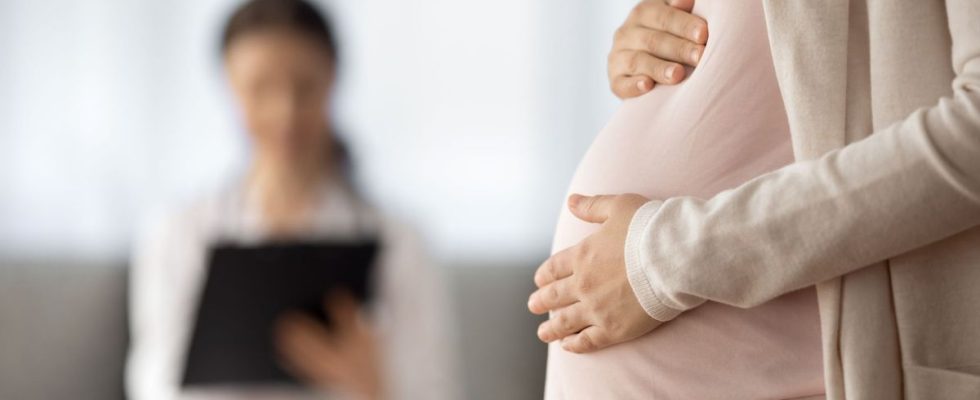Published on
Updated
Reading 1 min.
This is a fairly rare start to pregnancy experienced by a patient from the Clermont-Ferrand region. In 2023, when she was beginning her first pregnancy, she became pregnant again three weeks later.
In 2023, a patient is treated by the Clermont-Ferrand University Hospital for pregnancy. So far nothing unusual, except that she became pregnant again, three weeks later.
Quoted by our colleagues from France 3 Auvergne Rhône-Alpes, Sandrine Campagne-Loiseau, the gynecologist who took care of this patient, explains: “This is a heterotopic pregnancy, meaning that the two embryos are not in the same place. This 34-year-old young woman is in her third physiological pregnancy, obtained completely spontaneously”.
The patient therefore had one of her two embryos placed in the Douglas cul-de-sac, “the peritoneal cavity which is behind the uterus, in the pelvis“. It was also the patient’s first embryo, which was the most advanced: more than eight weeks, compared to 5 and a half weeks for the embryo in the uterus.
A phenomenon called “superfetation”
The particularity of this patient is therefore to have ovulated again, whereas normally, at the start of pregnancy, the process is blocked by the body. “This is one of the things that is quite extraordinary about this patient, is that there was still a second ovulation. It’s called a superfetation” added the specialist. To avoid any risk to the mother and the embryo in the uterus, the ectopic pregnancy was interrupted. The pregnancy was able to be carried to term and the young woman gave birth to a perfectly healthy little girl last December.
A rare phenomenon, with less than ten cases recorded in the world
Unlike some animals, humans are not designed to be fertilized several times during a pregnancy. The body blocks this possibility, but it can happen, even if the cases recorded can be counted on the fingers of both hands. Not to be confused with cases of twin pregnancies, superfetation can however occur in cases of IVF, when a patient benefits from an embryo transfer while she was already naturally pregnant.

